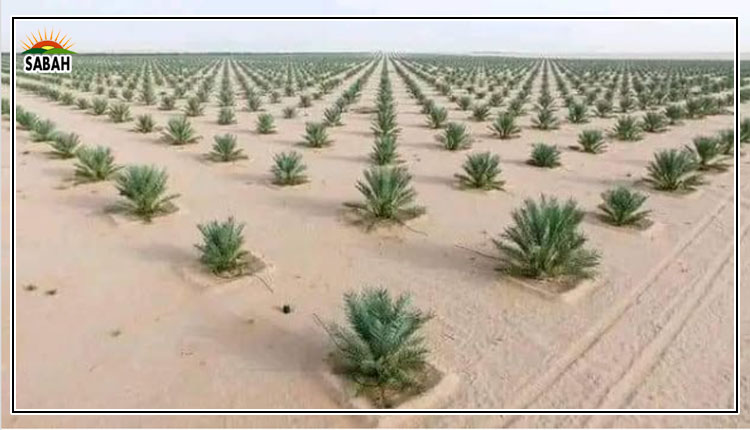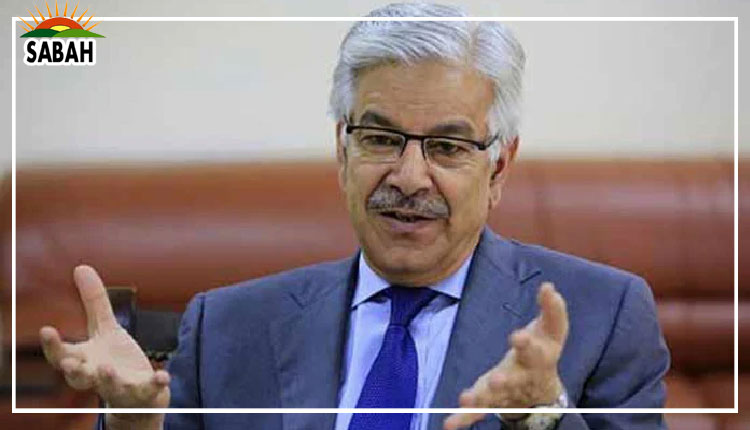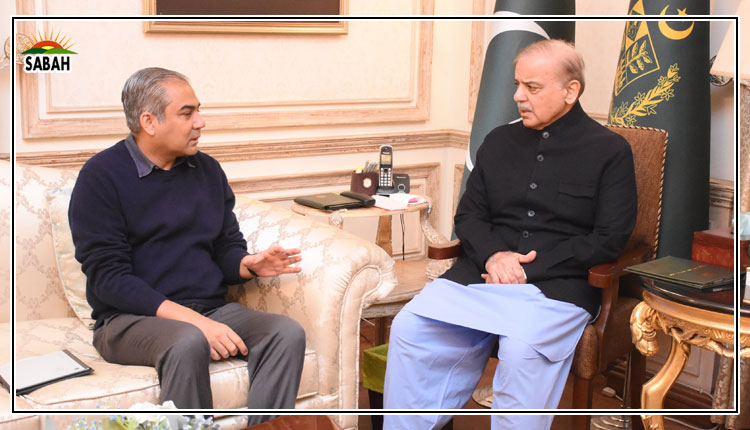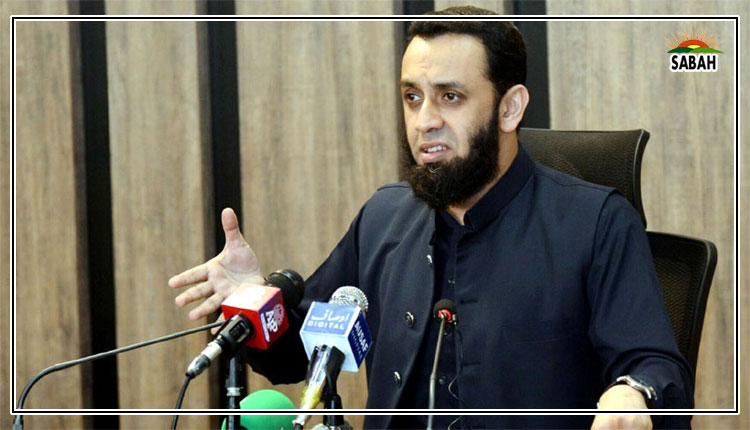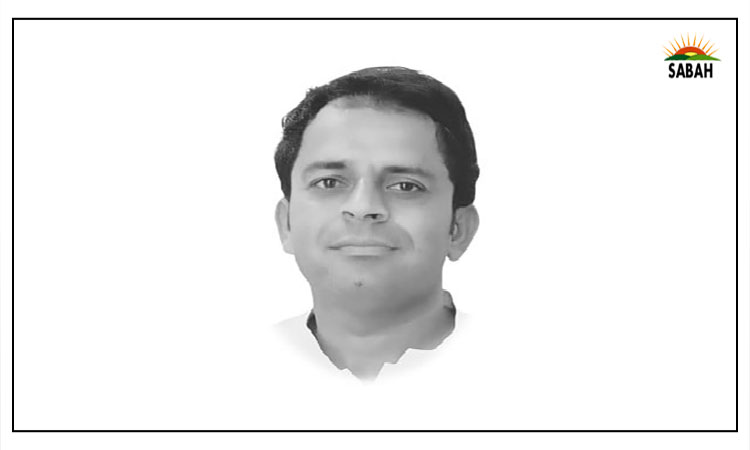Race to the Centre…Zain Rasheed Channa
The paradigm of Pakistans political landscape has undergone a considerable shift, following the announcement of general elections on February 8 triggered by the Supreme Court. The announcement has set in motion a political tempest, pushing political parties to forge alliances while fracturing the existing ones.
Historically, since the end of dictator Zia-ul Haqs era, Pakistan has been dominated by a two-party system featuring PML-N and PPP. However, the 2018 elections suddenly ended such a hegemonic structure, introducing a third-party, PTI, with significant backing from influential quarters.
The collision became evident in Punjab, traditionally a PML-N stronghold, where PTI gained a groundswell in 2018, weakening PML-Ns hold over the province. Since then, a palpable grievance among voters in Central Punjab has surfaced, coercing PML-N to form alliances with electables from other provinces in an effort to bolster its position.
An example of this could be Nawaz Sharifs visit to Balochistan, his new alliance with the MQM-P in Sindh and his meeting with Chaudhry Shujaat Hussain, who is just limited to Gujrat, after 15 years. Nawazs strategic moves indicate his shaken confidence and diminishing strength in Punjab and Pakistan.
While PML-N saunters its way to the Centre, PPP remains unchallenged in Sindh. In fact, it has gripped Sindh more firmly for the 2024 elections.
PPPs dominance in rural Sindh in the previous election was tested by the Grand Democratic Alliance (GDA). Notable figures, Ghous Bux Maher and Ali Gohar Maher, formerly in GDA, are able to win their ancestral seats no matter what party ticket they hold. Now, after assuaging the whinges in the Maher family, the two Mahers have returned to PPP, allowing it to sweep district Ghotki. On the other hand, PML-F has been losing its significance in Sanghar and Khairpur districts and is only able to secure two seats from there.
However, urban Sindh presents a shifting dynamic, with MQMs influence dwindling since 2013, due to the emergence of PTI, the shunning of Altaf Hussain and the failure to garner public support through Pak Sarzameen Party (PSP). The political landscape in Karachi and Hyderabad, dominated by MQM since the mid-1980s, has seen a decline in their seats. Central Karachi, once MQMs stronghold, has fallen into the lap of Jamat-e-Islami, as far as local bodies are concerned while, in 2018, PTI snatched 14 out of 21 seats, leaving only four for MQM in Karachi.
While PPP was able to secure three seats in Karachi, losing Lyari as well as Larkana and Ghotki, the advantage the party now has is that it has mayors and chairmen in district councils all the way from Tharparkar, Kashmore, Sukkur, Thatta to Karachi.
Moving to south Punjab, historically a stronghold for PPP, the partys influence has waned since Benazir Bhuttos demise. PPPs attempt to regain support through Yousuf Raza Gillanis appointment as the 18th PM proved unsuccessful, resulting in the loss of South Punjab, including the Gillani familys seats, to other parties. Shah Mehmood Qureshis farewell to the PPP may also be a reason for the partys loss in Punjab. However, it seems that the Gillani family, carrying the PPP on its back, is reviving in South Punjab, perhaps with the support of the concerned quarters. An example of this can be, Ali Moosa Gillani defeating Qureshis daughter in the Senate during PTIs government at the Centre.
At the same time, PPPs ongoing consistent chatter to strike an alliance with PTI in Punjab may further threaten PML-Ns standing in South Punjab.
Punjab has remained a critical battleground for the formation of the government. Taking into view the previous results from North, Central and South Punjab, PML-Ns failure to secure even a single seat in North Punjab, coupled with PTIs dominance in Central Punjab, highlights an enormous challenge once again for Punjab. In North Punjab, PML-N had failed to bring even a single seat to its fold, while out of the 141 electable seats in the National Assembly, PML-N had won only 61 seats, failing to secure a simple majority despite being in power in Punjab from 2008 to 2013. And in Central Punjab, PML-N had secured 50 seats, leaving 27 for PTI and two for PML-Q.
Furthermore, PTIs subsequent disintegration in Punjab and Khyber-Pakhtunkhwa (K-P) with leaders like Pervez Khattak forming new parties raises questions about its performance in the upcoming elections. Previously, K-P witnessed PTIs victory in 37 out of 45 seats in 2018. Taking this into consideration, the remaining parties, PML-N, PPP and JUI-F would have to contest with their full strength to clinch maximum seats in the 2024 elections.
Considering these factors, the PPP appears to be in a favourable position, particularly in Sindh. If it secures 15 to 20 seats in Punjab, five in K-P and four in Balochistan, forming a government at the Centre becomes a viable prospect. However, PML-Ns ability to regain popularity in Punjab, unlike PPPs consistent hold over a whole province, remains a substantial challenge that could alter the election landscape significantly.
In conclusion, the ongoing dalliance of political parties, current fractured alliances and history of election results suggest that the PPP holds a strategic advantage over PML-N at this juncture. Sindh provides a secure base for PPP, and success in Punjab will be pivotal for any party aspiring to lead the country. The competition between PPP and PML-N extends till Balochistan. However, both parties by bivouacking in Balochistan have attracted a considerable number of electables.
The race ahead is burdened with challenges, dangling the outcome on the ability of these parties to navigate the complex political terrain. However, if the PML-N manages to regain its popularity and political base in Punjab, then it would turn out to be undefeatable for all parties, let alone the PPP. However, this is not as easy as they claim.
Courtesy The Express Tribune


